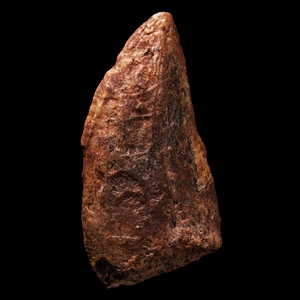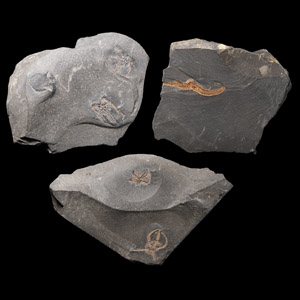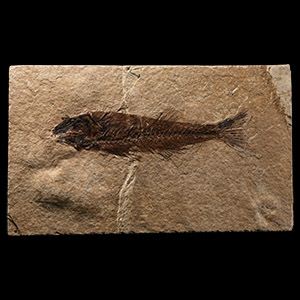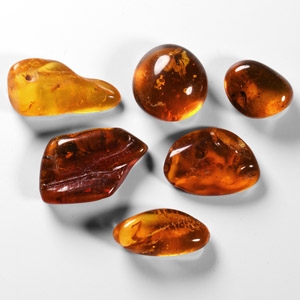Home > Auctions > 23 - 27 May 2023
Ancient Art, Antiquities, Natural History & Coins
Auction Highlights:
From Island of Java, indonesia.
Acquired 1950s-1960s.
From an old Bristol, UK, paleontological collection.
Discovered 1576 A.D., Chaco Province, Argentina.
Ex German dealer 2018.
UK private collection.
See Graham, Bevan and Hutchison ed., Catalogue of Meteorites, Natural History Museum, 1985, p.88, for details of this fall.
A crater field of roughly 26 craters was found in the vicinity of this crater, which is estimated to date to 4-5 thousand years BP. The age of the meteorite itself is thought to be c.4.5 billion years, formed as part of the development of this solar system. The largest two fragments, the 30.8 ton Gancedo and 28.8 ton El Chaco, are among the heaviest meteorite masses ever recovered on Earth. In 1576, the governor of a province in Northern Argentina commissioned the military to search for a large mass of iron, which it was believed local people claimed had fallen from the sky and which they used for their weapon production. The expedition discovered a large mass of metal which was assumed to be an iron mine and brought back a few samples, which were described as being of unusual purity. Following the legends, in 1774 Don Bartolomé Francisco de Maguna rediscovered the iron mass. He himself did not believe that the stone had fallen from the sky and assumed that it had formed by a volcanic eruption. However, he sent the samples to the Royal Society of London. In 1990 it became protected by law.
From a Lincolnshire, UK, collection.
From Emery County, Utah, U.S.A.
Acquired 1980s.
From an old Bristol, UK, collection.
The name 'Allosaurus' means 'different lizard' alluding to its unique concave vertebrae.
From the Genteng Formation, Indonesia.
From an old Oxfordshire, UK, fossil and mineral collection.
Wyoming, Green River Formation, U.S.A.
Acquired during the 1980s.
From the Pradi Collection, Boston, U.S.A.
Seasonally, some 56 million years ago, in the Green River Region of Wyoming, torrential rains fell on the mountains. The rain flowed down the mountain sides, forming wide shallow lakes in the valley below. During the dry season, these lakes evaporated (similar to certain parts of Africa today). Millions of fish died in this short period of time. This climatic cycle happened over a 20-thousand-year period. Layer upon layer of mud was deposited over these years, entombing huge numbers of fish. At a much later date volcanic activity uplifted this area to expose their fossils.
From the Tegana formation of the Sahara Desert, Morocco, North Africa.
Acquired during the 1980s.
From an old Lincolnshire, UK, collection.
The Carcharodontosaurus saharicus was one of the largest predators of all time (larger than its distant North American T-Rex cousin) and is related to Allosaurus and the South American Giganotosaurus.
From El Kaid Errami, Tafilalt, Morocco, North Africa.
From an old German collection.
From a Lincolnshire, UK, collection.
Collected between 1930 and 1960.
From the collection of the palaeontologist R Gledhill.
From the Atlas Mountains, Hamar Laghdad Formation, Prgain, Alnif, Morocco, North Africa.
From an old Oxford, UK, paleontological collection.
From a Lincolnshire, UK, collection.
1837 - 1848 of 2508 LOTS

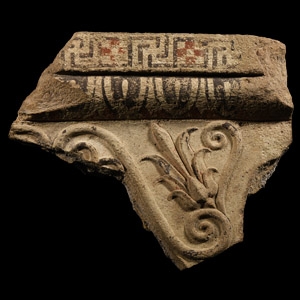
.jpg)


.jpg)
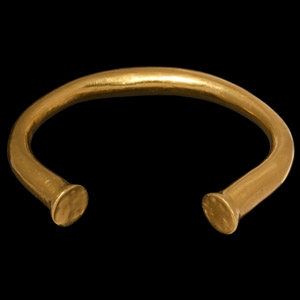
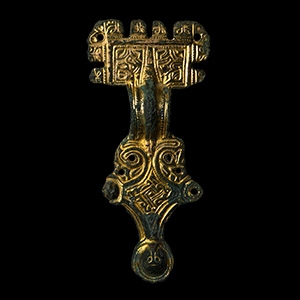

.jpg)



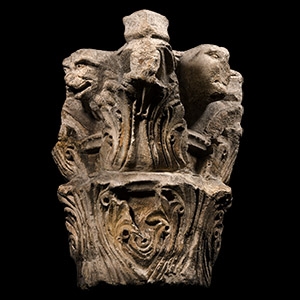

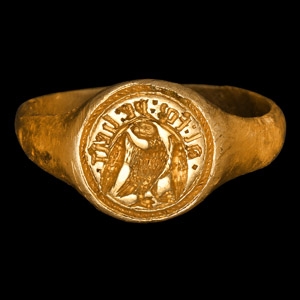
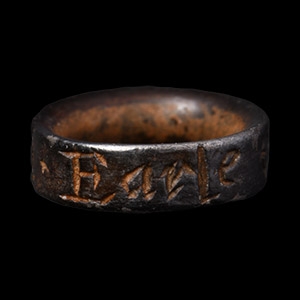
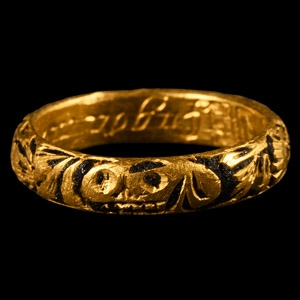

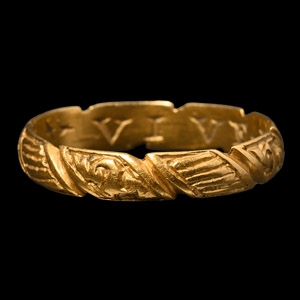
![English Milled Coins - George VI - 1937 - Cased RM Proof Coronation Gold Set [4] English Milled Coins - George VI - 1937 - Cased RM Proof Coronation Gold Set [4]](https://timelineauctions.com/upload/images/items/small/203351-s(2).jpg)
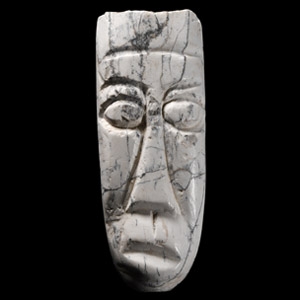
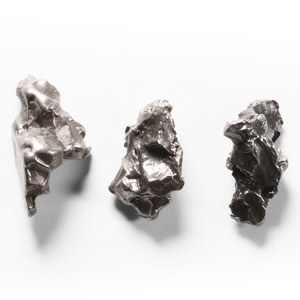

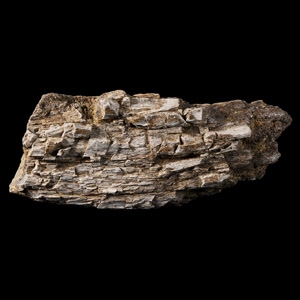
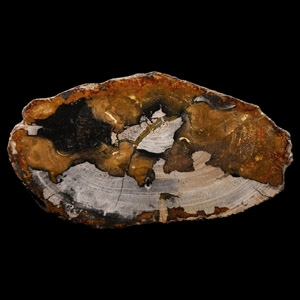
.jpg)
